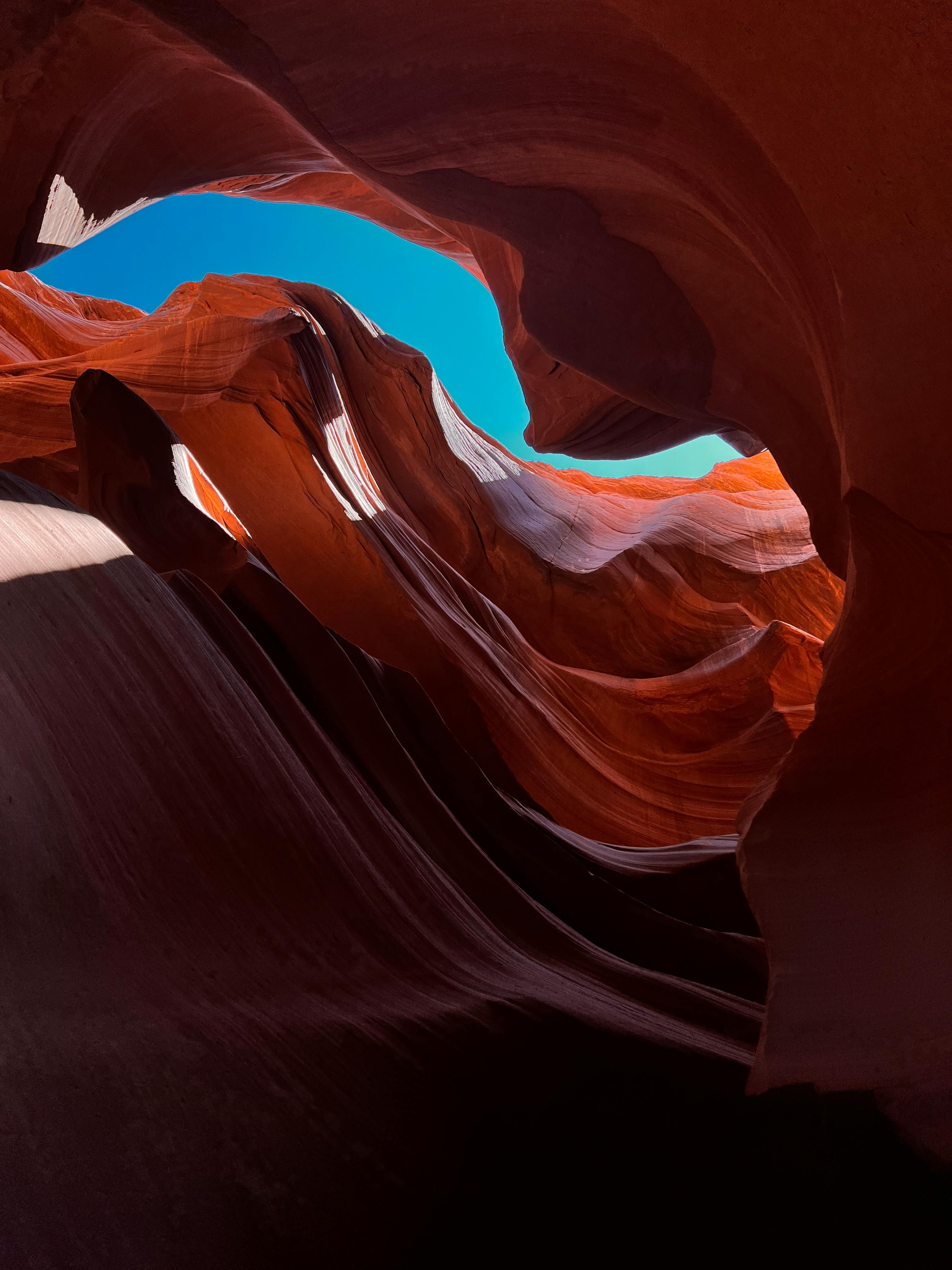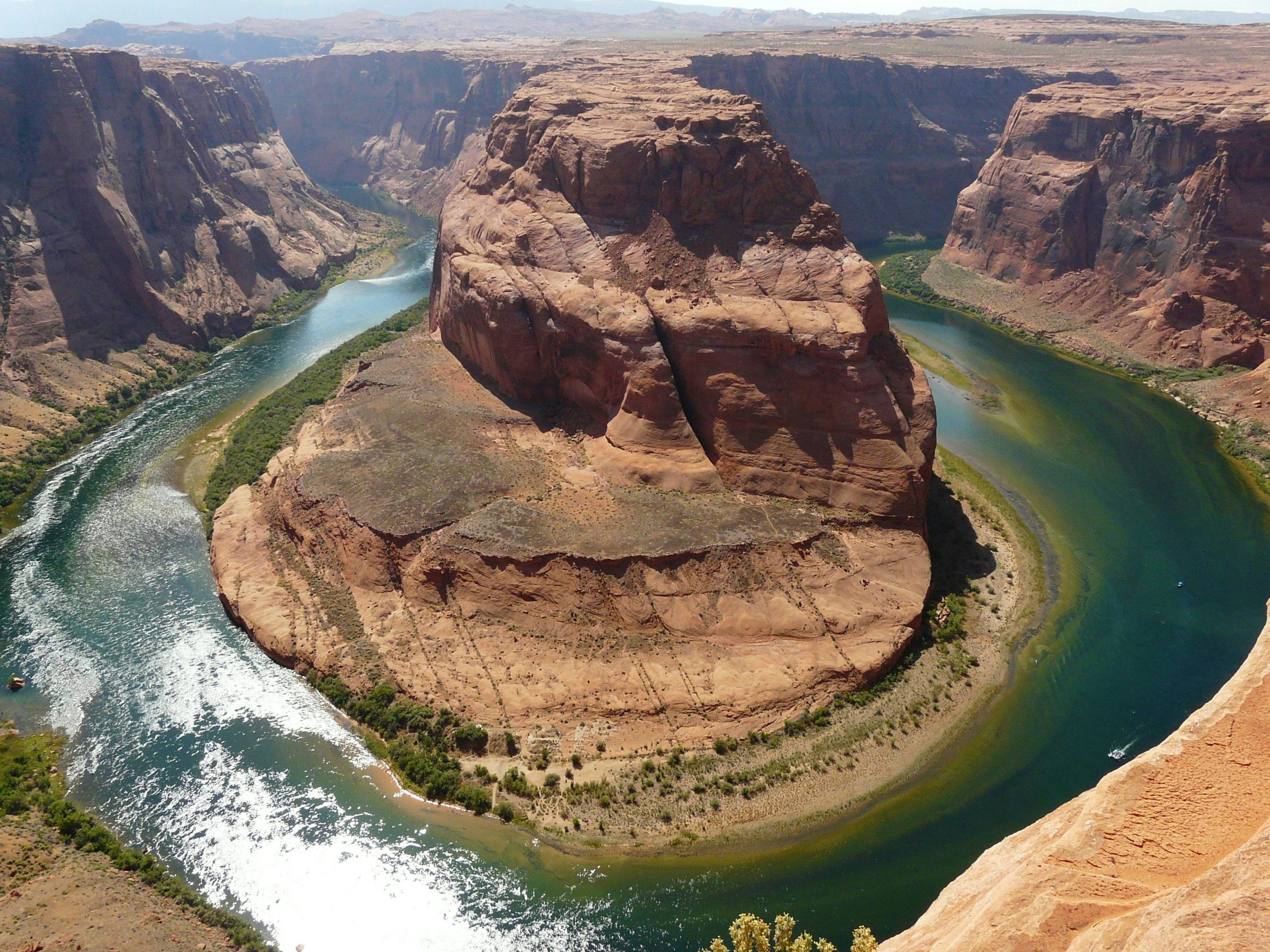Welcome to a journey through the annals of history, where the colorful tapestry of Tucson, Arizona, unfolds to reveal its age and evolution. Tucson’s origins are as rich and diverse as the landscape that cradles this desert city. From the early indigenous peoples who thrived here to the Spanish explorers who left their mark, the question of ‘how old is Tucson Arizona’ opens the door to a fascinating narrative of survival, culture, and transformation.
As we delve into Tucson’s storied past, we uncover a history that dates back millennia. The earliest inhabitants laid the foundations for a community that would weather the ebb and flow of empires, nations, and economies. Tucson’s modern vibrancy is a testament to its enduring spirit, a spirit born from a history that is as layered and textured as the geological strata of the surrounding Sonoran Desert.
To truly appreciate Tucson’s historical significance, one must look beyond the surface. It is a city that has witnessed the march of time, the struggles of its people, and the birth of a nation. As we explore further, we’ll encounter the pivotal moments and key figures that shaped Tucson into the city it is today.
Visit our website to learn more and get started today! Click here.
Early Inhabitants and Spanish Exploration

Long before it became the bustling city we know today, the land that is now Tucson was home to ancient peoples. The Hohokam, known for their advanced irrigation canal systems, cultivated the desert as early as 600 AD, creating an agricultural community that would last over a thousand years. Evidence of their presence, from pottery shards to remnants of their canal systems, peppers the Tucson landscape, providing a glimpse into a prehistoric era of innovation and adaptation.
With the arrival of Spanish explorers in the 16th century, Tucson’s history entered a new chapter. The expedition led by Marcos de Niza in 1539, followed by Francisco Vásquez de Coronado’s quest for the mythical Seven Cities of Gold, brought European influence to the region. It was not until 1699 that Father Eusebio Francisco Kino, a Jesuit missionary, established Mission San Xavier del Bac, a landmark that stands today as a monument to this period of exploration and conversion.
The Spanish era ushered in a time of profound change, marked by the founding of the Presidio San Agustín del Tucson in 1775. This military fortification was a response to the need for protection from Apache raids and represented a pivotal moment in Tucson’s transition from a native settlement to a colonial outpost, setting the stage for further development and cultural integration that would shape the city’s future.
The Birth of a City: Tucson’s Founding Era

The establishment of the Presidio San Agustín del Tucson in 1775 marked the beginnings of Tucson as a recognized city. This era of Tucson’s history is often referred to as its founding period, setting the foundations for modern development. The fort served as a bastion against native uprisings and as a center for the spread of Spanish culture and governance in the region.
Following Mexico’s independence from Spain in 1821, Tucson became part of the Mexican state of Sonora. During this time, the cultural tapestry of Tucson continued to weave itself, with Mexican traditions complementing and coalescing with the indigenous and Spanish influences already present. The Mexican period was, however, fraught with conflict and instability, including the Mexican-American War, which eventually led to the Gadsden Purchase in 1854, transferring the control of Tucson and much of what is now southern Arizona to the United States.
As an official territory of the United States, Tucson began to flourish. The arrival of the Southern Pacific Railroad in 1880 signified a boom in population and economic activity. This pivotal moment connected Tucson to the rest of the country, facilitating the transport of goods and people, and setting the stage for the city to grow beyond its colonial roots. The Tucson of this era was a melting pot of native cultures, Mexican heritage, and American frontier spirit – an eclectic mix that has given the city its unique character and resilience.
From Wild West to Modernization: Tucson’s Transformation
The transition from a frontier town to a modern city was a pivotal chapter in Tucson’s history. The late 19th and early 20th centuries saw a transformation from the ‘Wild West’ to a burgeoning municipality. The introduction of the streetcar in 1906 revolutionized local transportation, enabling the city’s expansion beyond its original core. Residential areas sprouted along these new routes, and Tucson’s footprint grew.
With the establishment of the University of Arizona in 1885, Tucson also began to cultivate a reputation as a center for education and research. The university attracted scholars and students from across the nation, contributing to the city’s intellectual and cultural development. As the population increased, the need for modern infrastructure became apparent, leading to improvements in public services and utilities.
The 20th century continued to see advancements that propelled Tucson’s growth. The city played a significant role during World War II, with the establishment of military bases such as Davis-Monthan Air Force Base, which brought an influx of servicemen and defense industry workers to the area. This period of economic stimulus helped pave the way for Tucson’s post-war prosperity and further modernization. The city’s economy diversified, moving away from its reliance on mining and agriculture, and embracing sectors such as aerospace, electronics, and tourism.
Today, Tucson stands as a testament to its ability to evolve, integrating new technologies and industries while preserving the essence of its rich, multicultural past. The city’s skyline, once dominated by adobe structures, now glimmers with modern buildings that nod to a future as bright as the Arizona sun.
Milestones in Tucson’s Cultural and Economic Development

Tucson’s journey through time is marked by significant milestones that shaped its cultural and economic landscape. One such landmark event was the Gadsden Purchase in 1854, which brought Tucson into the United States territory, setting the stage for its future growth. As the city became a part of the expanding rail network with the arrival of the Southern Pacific Railroad in 1880, it opened up trade routes and facilitated the movement of goods and people, stimulating economic vigor.
The discovery of silver and copper in the surrounding areas further bolstered Tucson’s economy, attracting a wave of prospectors and mining operations. This mineral wealth led to the flourishing of Tucson’s commerce and established it as a hub for the mining industry. However, it was not just the underground riches that contributed to the city’s development. The establishment of the agricultural sector, particularly with the introduction of irrigation systems, transformed the arid land into a productive agricultural haven.
The cultural fabric of Tucson, as diverse as its history, weaves together the traditions of its Native American, Spanish, Mexican, and Anglo-American heritage. Festivals such as La Fiesta de los Vaqueros, which began in 1925, celebrate Tucson’s cowboy roots, while the Tucson Meet Yourself festival showcases the city’s multicultural identity. The presence of arts and culture is palpable through its many art galleries, museums, and the historic Fox Theatre, which opened in 1930 and remains a cornerstone of Tucson’s entertainment scene.
As Tucson continues to grow and adapt, these cultural and economic milestones are not merely historical footnotes but stepping stones to the city’s ongoing narrative of innovation and resilience. With each passing year, Tucson adds new chapters to its storied past, ensuring that the city’s heartbeat remains as dynamic and vibrant as ever.
Preserving the Past: Tucson’s Historical Sites and Landmarks

Visit our website to learn more and get started today! Click here.
Amidst Tucson’s modern growth lies a deep commitment to preserving its storied past, evidenced by the numerous historical sites and landmarks peppered throughout the city. The Mission San Xavier del Bac, known as the ‘White Dove of the Desert,’ stands as a testament to Tucson’s Spanish colonial history. Founded in 1692, this mission remains an architectural marvel and a focal point for cultural preservation.
The Presidio San Agustín del Tucson is another pivotal site, representing the city’s military origins during the Spanish era of the late 18th century. Today, the reconstructed fort offers a glimpse into the lives of soldiers and settlers of that period. Similarly, the Sosa-Carrillo-Frémont House, built in the 1870s, now serves as a museum, providing insights into Territorial-era Tucson.
Tucson’s commitment to preservation extends to its natural history as well. The Tucson Mountain Park, established in the early 20th century, encompasses ancient petroglyphs that record the area’s early human activity. Meanwhile, the Arizona Historical Society operates several Tucson venues, including the Arizona History Museum, which houses exhibits that narrate the region’s past from Spanish colonial times to the present.
The city’s efforts in conservation allow residents and visitors alike to step back in time and experience the rich tapestry of Tucson’s historical narrative. These landmarks serve as educational resources and are a source of pride for the community. By visiting these sites, one can truly appreciate how old is Tucson, Arizona, and the layers of history that have contributed to its modern-day identity.






0 Comments